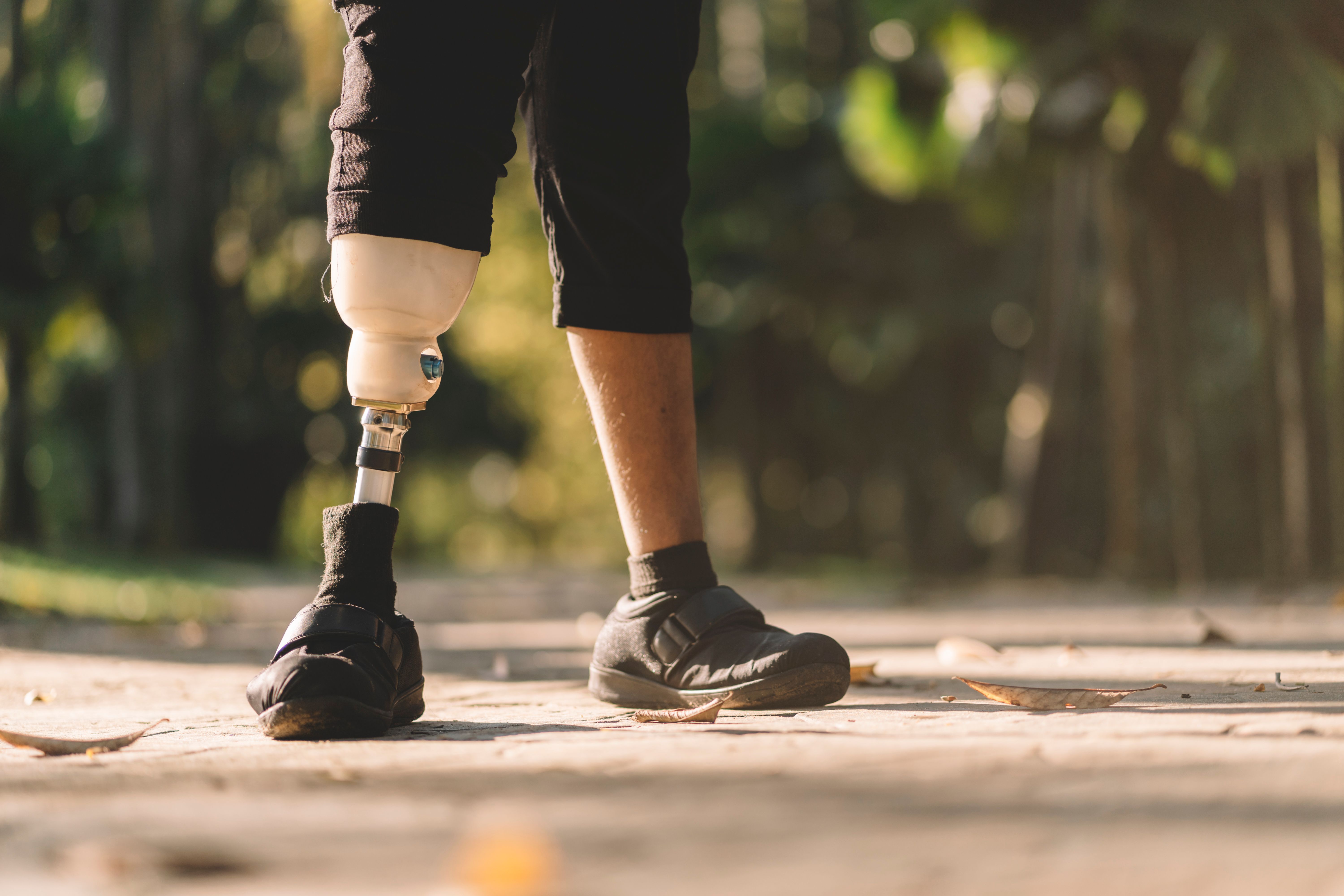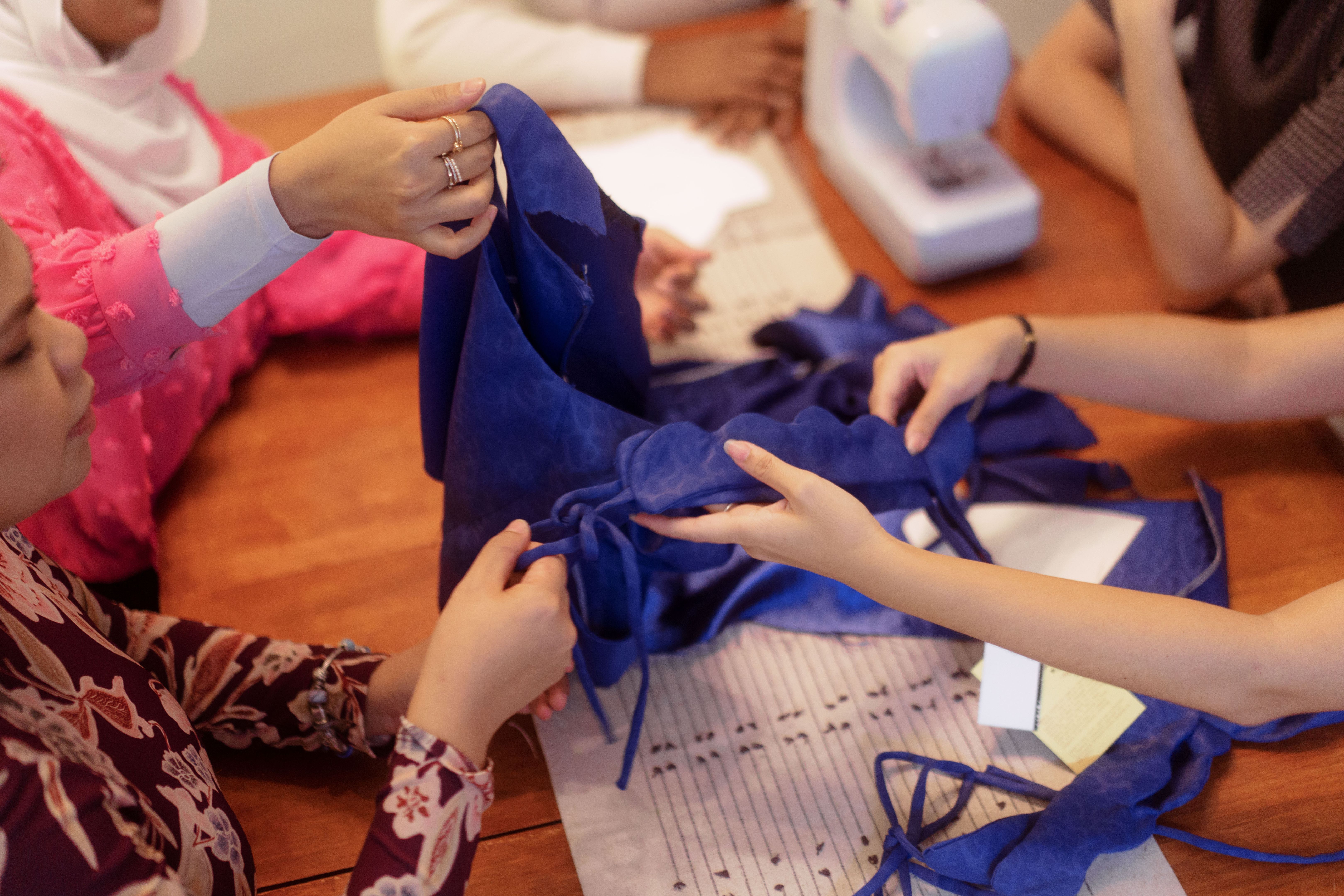Innovations in Nursing and Elderly Care Clothing Manufacturing
Revolutionizing Comfort and Functionality
The world of nursing and elderly care clothing has seen remarkable innovations, driven by the need for greater comfort, functionality, and dignity for wearers. The traditional approach to design is being replaced by more thoughtful and technologically advanced solutions. These innovations are not only transforming the lives of those who wear them but also making the tasks of caregivers easier and more efficient.
One of the most significant advancements in this field is the development of adaptive clothing. This type of clothing is designed with special features such as easy-to-use fasteners, open-back tops, and side-zippered pants. These adjustments are crucial for individuals with limited mobility, making dressing and undressing much more manageable for both the wearer and the caregiver.

Smart Fabrics Leading the Way
Smart fabrics have started to play a pivotal role in nursing and elderly care clothing. These materials can monitor health indicators by embedding sensors that track vital signs like heart rate and body temperature. This technology allows for continuous health monitoring without the need for intrusive devices, providing valuable data that can be used to ensure timely medical intervention.
Moreover, moisture-wicking fabrics and antimicrobial treatments are becoming standard in these garments. Such features help maintain skin health by reducing the risk of infections and keeping the wearer dry and comfortable throughout the day. This development is especially crucial for individuals who may be bedridden or have incontinence issues.
Inclusive Design for All
Inclusivity in design has become a key focus for manufacturers in this sector. By considering the needs of diverse body types, abilities, and preferences, companies are creating clothing that meets a wide range of requirements. For instance, gender-neutral designs and customizable options allow for personalization, which can significantly enhance the self-esteem and comfort of wearers.

Additionally, many brands are incorporating stylish elements into their adaptive clothing lines. The aim is to ensure that wearers do not have to sacrifice style for functionality. This shift is helping to break down stigmas associated with adaptive clothing, allowing users to express themselves confidently.
Sustainability in Production
As with many industries, sustainability has become a critical consideration in the production of nursing and elderly care clothing. Manufacturers are increasingly using eco-friendly materials and processes to reduce their environmental impact. Recycled fabrics, organic cotton, and low-impact dyes are some of the choices being adopted to create more sustainable products.
Moreover, some companies are implementing circular economy principles, designing garments that can be easily recycled or repurposed at the end of their life cycle. This approach not only minimizes waste but also supports a more sustainable future for the industry.

The Future of Elderly Care Clothing
Looking ahead, the future of nursing and elderly care clothing is poised to continue evolving with technological advancements. Innovations such as 3D printing could revolutionize how garments are manufactured, offering bespoke solutions tailored to individual needs. Additionally, further integration of IoT technology could lead to clothing that communicates directly with healthcare providers, facilitating proactive care management.
The ongoing research and development in this field promise to enhance the quality of life for wearers significantly while simultaneously providing peace of mind for caregivers. As these innovations continue to emerge, they hold the potential to redefine how we approach care through clothing
